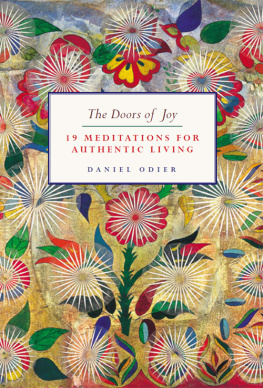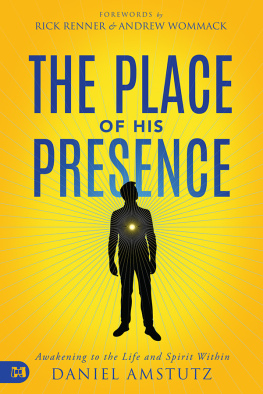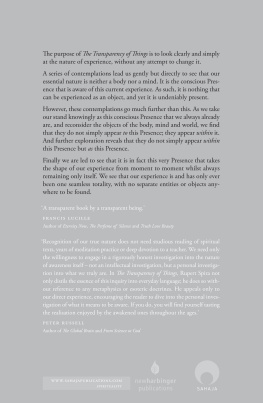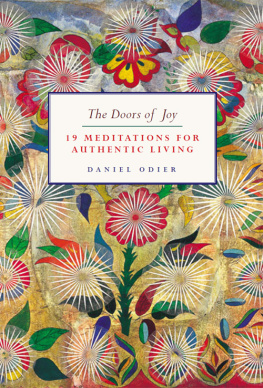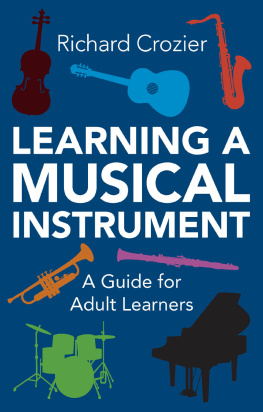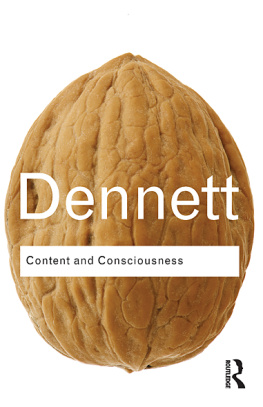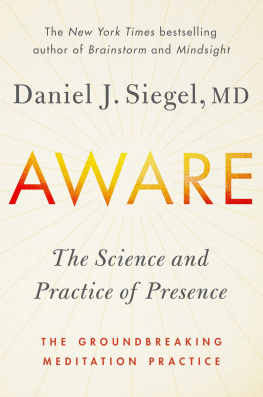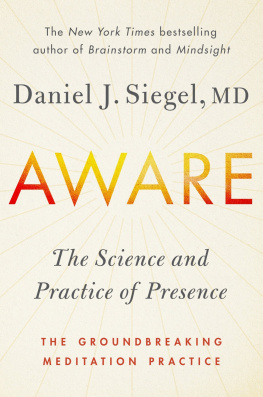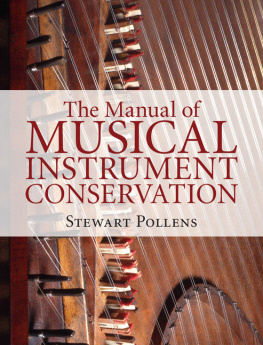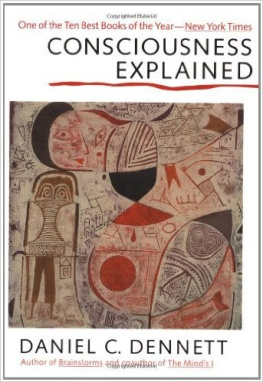The Doors of Joy
19 MEDITATIONS FOR AUTHENTIC LIVING
DANIEL ODIER
About the Author
Daniel Odier was born in Geneva in 1945. He is a novelist, screenwriter and poet, and has published over 46 works including the bestselling Tantric Quest (Inner Traditions), and Desire: The Tantric Path to Awakening (Inner Traditions). Anais Nin called him an outstanding writer and dazzling poet. The author began his studies with Kalu Rinpoche in 1968 and remained his disciple until his passing in 1989. In 2004, Odier received the Chan ordination in the Lin tsi and Caodong schools in China, as well as permission to teach the Zhao Zhou Chan lineage in the West. Daniel taught Tantra and Buddhism in several American Universities in 1995. He continues to run workshops and seminars in Europe, Canada and the United States.
Table of contents
Preface
D URING THE LAST TWENTY YEARS , I have taught in Europe, the United States and South America. I slowly realised that, although teaching was meant to be liberating, it was really just a repackaging of a new theory of the world. This has, in turn, created new shackles that keep human beings in a closed universe.
I discovered Zen when I was fifteen years old through the monumental writings of D.T. Suzuki. From that time on, I felt the iconoclastic power of the old Chinese masters who promoted the complete deconditioning of any belief, including Buddhism. But I was still too young to renounce an ideal system that would allow me to achieve inner peace.
Later on, I belonged to the first wave of Western invaders who hoped to discover wisdom on the roads of India. I encountered Dzogchen, personified by Dudjom Rinpoche and Chatral Rinpoche, the Vignan Bhairav Tantra, thanks to the Chinese yogi, C.M. Chen, and finally, the Vajrayana taught by the one who would become my master, Kalu Rinpoche. I followed that path for seven years and I learned a great deal from this magnificent human being who radiated total love. Little by little, the magical universe of the Tibetans felt increasingly distant from Western thinking and I turned towards the Shaivism of Kashmir, whose philosophy, stripped of any cultural markings, touched me deeply. I met Lalita Devi, a yogini who lived as a hermit and who passed on to me the spanda and pratyabhijna ways. Her extreme, direct approach went straight to the point and avoided all spiritual traps. She knew how to debunk conditionings; by shedding light on fears, she forced one to be fearless; she destroyed the faade by giving access to spontaneity. This was not an approach I was used to learning but rather an introduction to asceticism, a renunciation of all fixations. The goal was to become a human being again, to be fully open to the world, alive and full of desire and passion, without the smallest pretension of being anything else but spontaneous.
After our separation, and faced with the implausibility of finding her again, I felt once more the attraction of Zen and entered several communities in order to deepen that practice. I had the opportunity to observe that adhering to beliefs and rules limited consciousness. I realised that systems would reconstruct themselves inside me and that this constant quest prevented all authentic liberation. The conformity and puritanism of these spiritual circles always felt too religious for me. One essential ingredient was missing: joy.
While teaching, I could see how difficult it was for me not to build systems similar to those that had limited me in my quest. I could see that my students would inevitably adhere to the propensity we all have of building conceptual limitations in order to give more value to our knowledge and experience.
Over time, as I was getting closer to Chan (Chinese Zen) and to the essence of the Kashmir Shaivism, I became more and more iconoclastic, and transformed myself into a spiritual anarchist whose only ambition was to reach an authentic freedom by forgetting the path that had always been followed. I would often recall the words of Montaigne: I am a man and nothing that is human is indifferent to me.
It appeared more and more evident to me that it was essential to escape any limitations and that joy was the only natural thing to reach for. The spiritual discourse seemed to me like a fatal trap. Spending time with the old Chinese masters of the Tang dynasty exposed me more and more to this bizarre freedom.
In 2005, I went to China to meet Jing Hui, the only living successor of the iconic master of the twentieth-century Hsu Yun, and I saw in him the incarnation of the freedom of the ancient philosophers. I became his disciple and eventually I was ordained a Chan master.
Since that time, free of all attachments, I venture only to help those I meet to find spontaneity, joy and freedom.
1.
Joy at the Heart of Everything
J OY OCCUPIES A CENTRAL PLACE in this quest for the absolute that is the underpinning of all life. It cannot be compared to pleasure or happiness, since these depend on external circumstances and are ephemeral. Joy is at the heart of any search, and is the clearest sign that a human being has reached the harmony derived from his philosophical, artistic and spiritual practices.
What is so special about joy is that, like any other essential element, we can always find it again. We are born with this gift, but we neglect it and seek more transient pleasures. The disappointments brought about by fleeting pleasures and the superficial idea of happiness make us forget joy, which needs constant creativity to flourish.
When one meets a joyous person, one observes that joy alone is independent of any external factor; it flourishes regardless of external circumstances and, in spite of the fact that it can fluctuate, nothing can destroy it. It is the opposite of melancholia, with its lack of connection to the circumstances of our lives. Neither the joyous nor the melancholic person needs positive or negative elements to determine their state.
One might then wonder from where this independence stems? Joy assumes a richness of connections, a multitude of factors that cancel out the destructiveness of disappointment or sadness; it is to be found at the centre of a swarm of bliss. Joy is connected to our presence in the world. It stems directly from it. To rediscover joy, we need to rediscover or develop our ability to embrace the broadest area of reality at our disposal. Joy requires practice. There are also multiple obstacles to joy that can be defeated one after the other as long as we have intuition and a clear perception of what they are.
Joy restores an innocence that comes from a bizarre wisdom: an experience of life in all its dimensions. This innocence is not ignorance of the tragic; on the contrary, its a sharp perception of this human dynamic. One could even say that this element is inseparable from joy. Without this balance, joy would still be a fragile asset controlled by circumstances.
Authentic joy is a space where everything can become manifest, a permanent display of fireworks that does not garishly taint the sky but allows us to discover that it has no limits. Joy does not tolerate half measures. One cannot be partially joyous. When joy does not take over the whole being, it is only one of the masks of happiness. Joy implies creativity and the courage of freeing oneself from many of our own concepts and conditionings. One can only access it through steadfast fearlessness.
Next page
